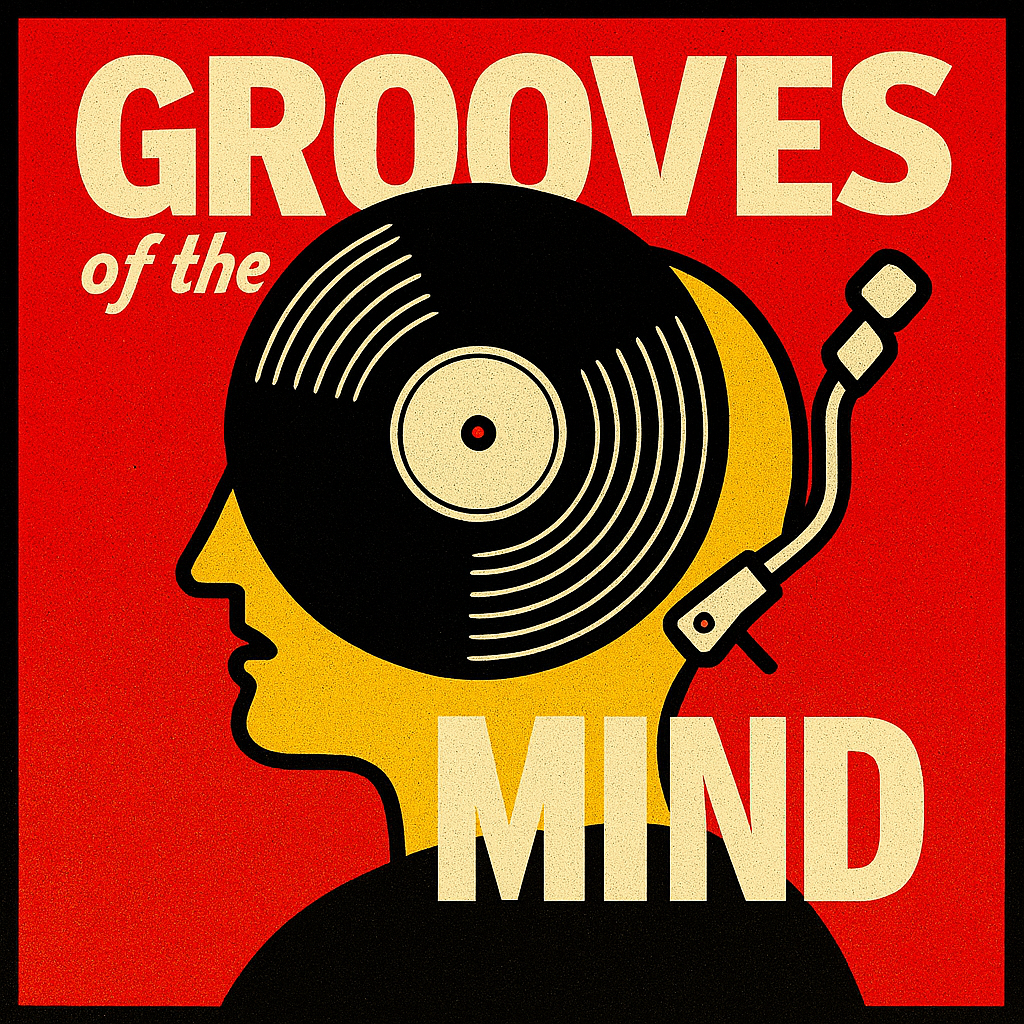
The Sound Psychology
How Vinyl Records Shape Memory, Emotion, and Attention
33⅓ Or 45 Or 78 Psychology
Vinyl records engage multiple sensory systems, creating a listening experience that is both physical and psychological. Unlike digital formats, vinyl requires deliberate interaction, which increases attentional focus and emotional investment. The act of selecting, handling, and playing a record introduces ritual, which primes the brain for immersive listening. These rituals reduce cognitive noise and promote mental clarity.
Analog sound, with its continuous waveforms, is perceived as warmer and more natural than compressed digital audio. This warmth contributes to emotional comfort and listener satisfaction. LPs encourage linear listening, supporting narrative comprehension and thematic retention. The structure of vinyl playback fosters patience and intentionality. Emotional and autobiographical memories are more easily encoded when multiple senses are engaged. Vinyl’s resurgence reflects a psychological need for depth, ritual, and embodied experience. The format’s constraints become its strengths, encouraging mindfulness and presence. Listening to vinyl is not just about sound—it’s about how sound is experienced.
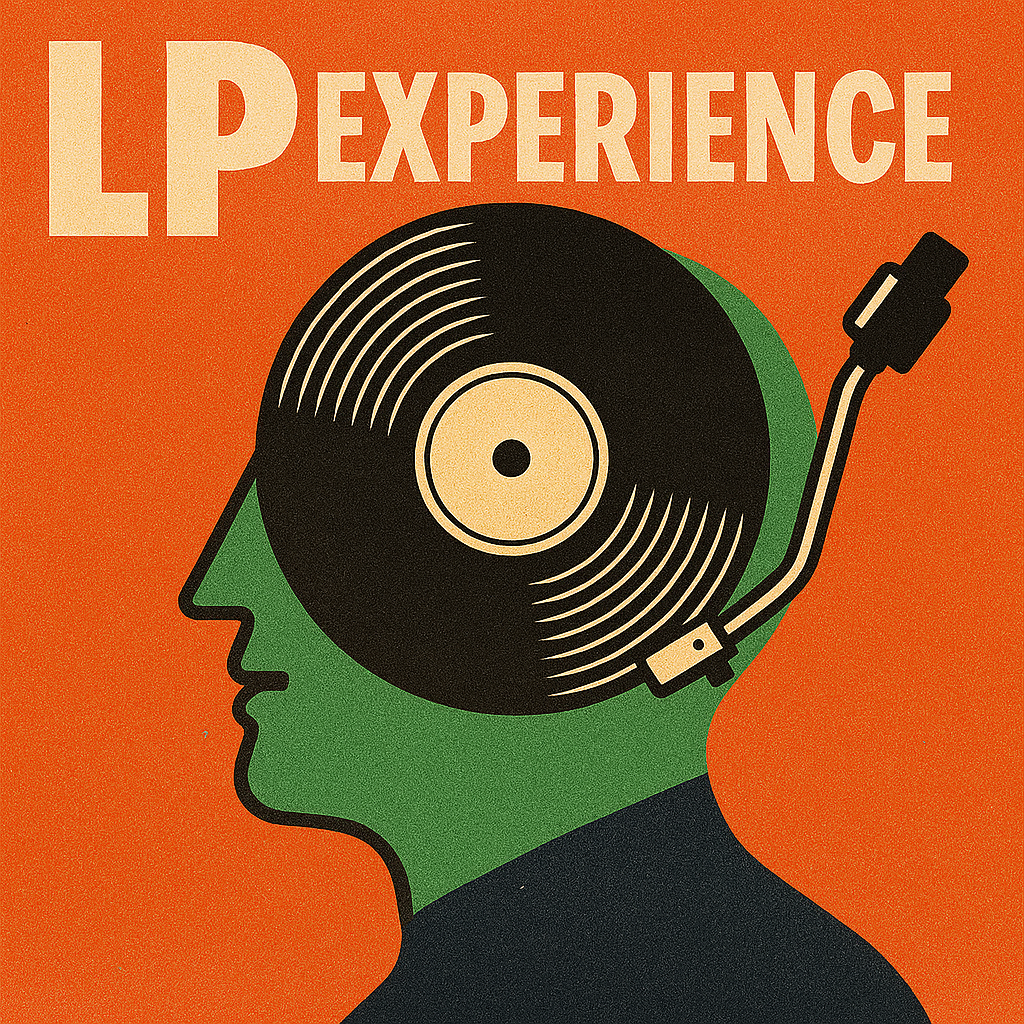
Ritual and Mental Engagement
Playing a vinyl record involves a series of physical actions that engage the brain’s motor and sensory systems. Removing the album from its sleeve, placing it on the turntable, and lowering the stylus are all deliberate steps that require attention. These actions form a ritual that enhances focus and primes the brain for deeper listening. Rituals have a grounding effect, helping individuals feel more present and emotionally connected. The physical preparation creates a sense of anticipation, which increases emotional payoff.
Unlike digital playback, vinyl demands patience and care, reinforcing the value of the experience. The act of flipping the record introduces a natural pause, encouraging reflection and temporal awareness. This segmentation helps listeners process music as a structured narrative. Ritualized listening reduces distractions and supports emotional regulation. The tactile nature of vinyl fosters a sense of ownership and intimacy. These rituals become part of the emotional memory associated with the music. Over time, they contribute to a deeper psychological bond with the format.
Analog Sound and Perceptual Warmth
Vinyl records produce analog waveforms that preserve subtle variations in sound. These continuous signals differ from digital formats, which use sampling and compression. The result is a perceived warmth that listeners often describe as more natural and emotionally resonant. Harmonic distortion and frequency roll-off contribute to this sonic texture. Midrange frequencies, which are prominent in vinyl playback, align with the range of human speech and emotional expression. This enhances lyrical comprehension and emotional engagement.
Surface noise and imperfections add character, stimulating auditory curiosity. These micro-variations activate the brain’s novelty detection systems. The analog signal encourages a more embodied listening experience. Listeners often report feeling more present and emotionally connected during vinyl playback. The absence of digital clarity allows the brain to fill in gaps, increasing imaginative engagement. Vinyl’s sonic warmth is not just a technical feature—it’s a perceptual phenomenon rooted in how the brain processes sound.
Focus and Attention Span
Vinyl listening encourages sustained attention due to its format constraints. Unlike digital platforms that allow skipping and shuffling, LPs promote linear listening. This structure supports narrative comprehension and thematic integration. The absence of algorithmic interruptions reduces cognitive fragmentation. Physical interaction with the turntable reinforces commitment to the listening session.
These conditions foster deep listening, a practice associated with improved concentration. The format’s limitations become psychological strengths, encouraging patience and intentionality. Listeners engage with music as a journey rather than a series of isolated tracks. The act of flipping sides introduces a natural break, supporting reflection and mental reset. Vinyl listening reduces multitasking and promotes single-task focus. This immersive approach enhances memory retention and emotional resonance. The format supports a more deliberate and mindful relationship with music.
Memory Formation and Retrieval
Vinyl records enhance memory encoding through multisensory engagement. The combination of tactile handling, visual artwork, and auditory input creates strong associative links. These links support episodic memory, allowing listeners to recall specific moments tied to particular albums. The act of flipping sides introduces temporal segmentation, aiding in the organization of musical experiences. Album covers and liner notes provide visual anchors that reinforce memory consolidation.
Over time, LPs become mnemonic devices for emotional and autobiographical recall. The physicality of vinyl creates spatial memory cues that digital formats lack. Listeners often associate specific records with life events, moods, or relationships. These associations deepen with repeated listening and ritualized engagement. Vinyl’s slower pace supports reflective listening, enhancing emotional memory. The format encourages intentional selection, which strengthens memory encoding. Listening to vinyl becomes a way of revisiting and reinforcing personal history.
Emotional Regulation and Mood
Listening to vinyl activates emotional centers in the brain, including regions associated with reward and relaxation. The analog sound promotes parasympathetic nervous system activity, which can reduce stress and enhance mood stability. The slower pace of vinyl playback encourages reflection and emotional processing. Physical rituals add emotional weight to the experience, making it more than just auditory. LPs can serve as tools for mood regulation, helping listeners manage anxiety or sadness. Certain records become emotional companions, offering comfort and familiarity. The tactile nature of vinyl reinforces emotional grounding.
Listeners often report feeling calmer and more centered after vinyl sessions. The format supports emotional resilience by encouraging intentional engagement. Vinyl’s imperfections contribute to a sense of authenticity, which enhances emotional connection. The act of choosing a record based on mood reinforces self-awareness. Listening to vinyl is not just about hearing—it’s about feeling.
Social Connection and Shared Listening
Vinyl listening often occurs in shared environments, encouraging interpersonal engagement. The physical nature of LPs invites participation, discussion, and storytelling. Choosing a record becomes a collaborative act, reinforcing emotional bonds. Unlike algorithm-driven playlists, vinyl selections reflect personal taste and intentionality. This fosters deeper conversations around music, memory, and mood.
The act of listening together enhances empathy and mutual understanding. LPs are frequently used in gatherings, creating a ritualistic atmosphere that supports social cohesion. The format’s slower pace encourages reflection and emotional exchange. Shared listening experiences become part of collective memory. Vinyl supports intergenerational dialogue, bridging musical and emotional gaps. The communal aspect of LPs contrasts with the isolation often associated with digital streaming. Vinyl listening transforms music into a shared emotional language.
Comparison of Social Engagement Across Formats
| Format | Shared Experience | Emotional Depth | Interpersonal Value |
|---|---|---|---|
| Vinyl | High | Strong | Deep |
| CD | Moderate | Medium | Variable |
| Streaming | Low | Fragmented | Shallow |
| Cassette | Moderate | Nostalgic | Contextual |
| Radio | Passive | Broad | Limited |
Tactile Feedback and Sensory Integration
Vinyl records engage the sense of touch in ways that digital formats cannot replicate. Handling the sleeve, placing the disc, and adjusting the stylus activate fine motor skills. These tactile interactions reinforce emotional engagement and memory encoding. The physical feedback from the turntable creates a sense of presence and control. Visual elements like album art and liner notes add layers of sensory richness. The stylus drop becomes a moment of anticipation, heightening auditory focus.
Multisensory integration supports immersive listening and emotional resonance. LPs activate embodied cognition, linking physical movement to mental processing. The format encourages sensory mindfulness, reducing distraction and enhancing clarity. Vinyl listening becomes a full-body experience, not just an auditory one. These sensory cues contribute to the emotional depth of the music. The result is a more grounded and memorable listening session.
Sensory Engagement by Format
| Format | Tactile Involvement | Visual Cues | Multisensory Depth |
|---|---|---|---|
| Vinyl | High | Strong | Deep |
| CD | Moderate | Medium | Moderate |
| Streaming | Low | Minimal | Shallow |
| Cassette | Moderate | Nostalgic | Variable |
| Radio | Low | Passive | Limited |
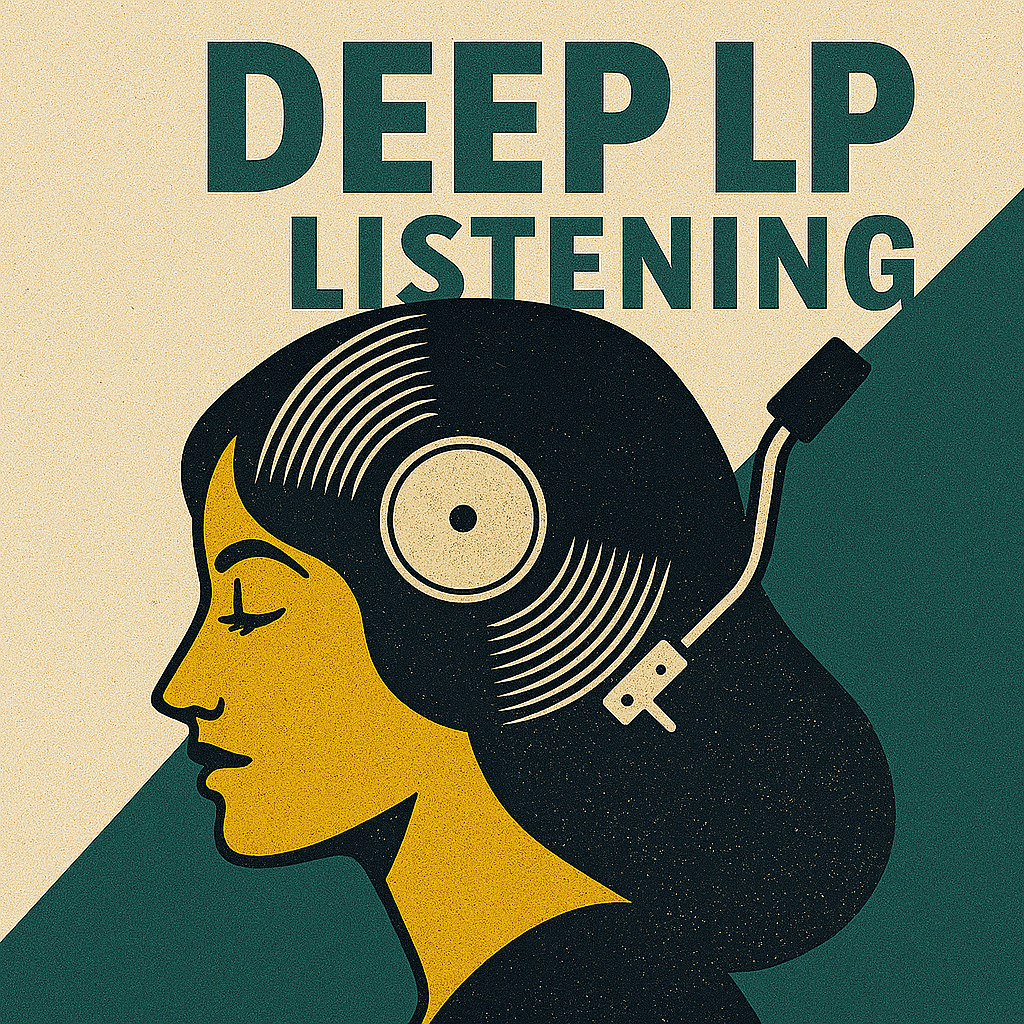
Temporal Awareness and Musical Structure
Vinyl playback reinforces a sense of time and musical progression. The need to flip sides introduces natural pauses that segment the listening experience. This structure encourages reflection and thematic comprehension. LPs are designed with intentional sequencing, guiding listeners through emotional arcs. The format supports narrative listening, where each track contributes to a larger story.
Temporal segmentation aids in memory formation and emotional processing. Listeners become more aware of pacing, transitions, and thematic development. Vinyl encourages engagement with full albums rather than isolated tracks. This promotes a deeper understanding of musical intent and artistic vision. The physical act of flipping the record reinforces time-based awareness. LPs support a rhythm of listening that aligns with cognitive and emotional cycles. Vinyl transforms music into a temporal journey.
Temporal Engagement Across Formats
| Format | Time Awareness | Narrative Structure | Listening Continuity |
|---|---|---|---|
| Vinyl | High | Strong | Deep |
| CD | Moderate | Medium | Variable |
| Streaming | Low | Fragmented | Discontinuous |
| Cassette | Moderate | Nostalgic | Contextual |
| Radio | Passive | Episodic | Interrupted |
Emotional Memory and Personal Identity
Vinyl collections often reflect personal identity and emotional history. Each LP represents a choice, a mood, or a moment in time. The act of curating a collection reinforces self-awareness and emotional continuity. LPs become emotional artifacts, tied to specific life events and relationships. The physical presence of records supports autobiographical recall. Listeners often associate albums with personal milestones, creating emotional bookmarks. Repeated listening strengthens these associations, embedding music into memory.
The format’s ritualistic nature enhances emotional encoding. Vinyl supports identity formation through intentional selection and emotional resonance. The collection itself becomes a narrative of the listener’s life. LPs offer a tangible way to revisit and reflect on past experiences. Vinyl listening is not just about sound—it’s about who we are when we hear it.
Emotional Anchoring by Format
| Format | Identity Reflection | Memory Strength | Emotional Bookmarking |
|---|---|---|---|
| Vinyl | Strong | High | Deep |
| CD | Moderate | Medium | Variable |
| Streaming | Weak | Low | Fragmented |
| Cassette | Nostalgic | Contextual | Episodic |
| Radio | Passive | Broad | Limited |
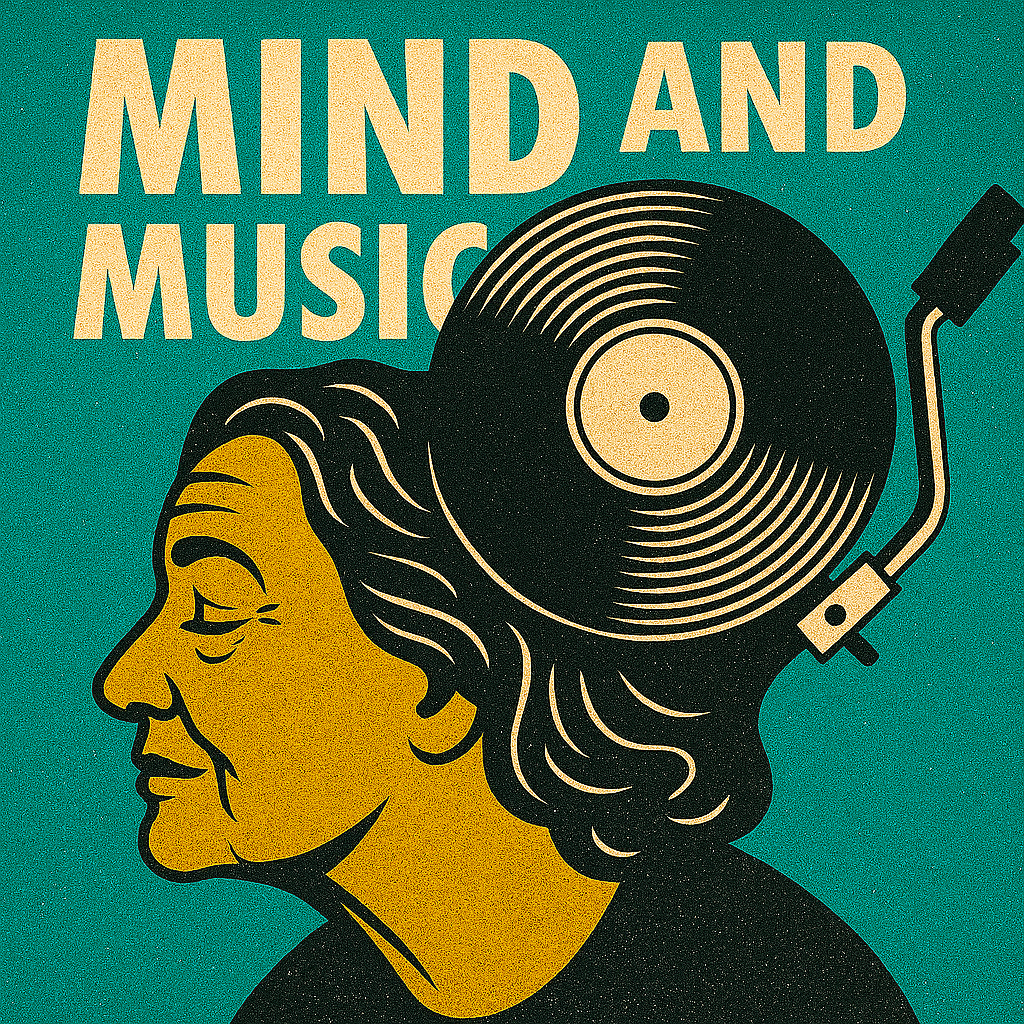
Listening Environments and Spatial Psychology
Vinyl listening often occurs in dedicated spaces designed for focus and comfort. Turntables are placed intentionally, reinforcing the importance of the act. The physical setup becomes part of the ritual, shaping the emotional tone of the session. Environmental factors like lighting, furniture, and acoustics influence perception. LPs encourage architectural mindfulness, where space and sound are aligned.
The listening zone becomes a psychological anchor for relaxation and reflection. Spatial consistency supports emotional regulation and cognitive clarity. Vinyl playback transforms rooms into immersive environments. The format invites environmental storytelling, where space reflects mood and intention. Dedicated zones reinforce the value of uninterrupted listening. These environments become part of the emotional memory associated with music. Vinyl listening is shaped not just by sound, but by where and how it is heard.
Spatial Engagement Across Formats
| Format | Environmental Control | Emotional Atmosphere | Spatial Anchoring |
|---|---|---|---|
| Vinyl | High | Strong | Deep |
| CD | Moderate | Variable | Contextual |
| Streaming | Low | Fragmented | Minimal |
| Cassette | Nostalgic | Episodic | Variable |
| Radio | Passive | Broad | Limited |
Auditory Imagination and Mental Imagery
Vinyl listening stimulates auditory imagination more intensely than digital formats. The analog signal’s imperfections invite the brain to fill in sonic gaps, enhancing mental imagery. This process activates associative thinking, linking sounds to memories, places, and emotions. LPs often evoke visual scenes or emotional landscapes during playback. The absence of visual interfaces encourages inward focus and imaginative projection.
Listeners report stronger mental visuals when engaging with vinyl compared to screen-based formats. The brain treats analog sound as a narrative prompt, not just a sensory input. This enhances creative thinking and emotional storytelling. Vinyl’s slower pace allows time for mental elaboration and reflection. The stylus drop and surface noise act as auditory cues for imaginative engagement. LPs become tools for emotional rehearsal and psychological exploration. Vinyl listening supports a form of sonic daydreaming that deepens emotional resonance.
Mental Imagery Activation by Format
| Format | Imaginative Engagement | Visual Projection | Emotional Storytelling |
|---|---|---|---|
| Vinyl | High | Strong | Deep |
| CD | Moderate | Variable | Episodic |
| Streaming | Low | Fragmented | Shallow |
| Cassette | Nostalgic | Contextual | Sentimental |
| Radio | Passive | Broad | Limited |
Psychological Ownership and Value Perception
Vinyl records foster a stronger sense of psychological ownership than intangible formats. The physicality of LPs reinforces the perception of value and personal investment. Handling, storing, and curating a collection creates emotional attachment. Ownership is reinforced through effort, ritual, and spatial presence. LPs are often treated as heirlooms or emotional artifacts. The act of purchasing and maintaining records increases perceived worth. Unlike digital files, vinyl cannot be duplicated effortlessly, which enhances scarcity and significance.
The format encourages stewardship and care, deepening emotional bonds. Psychological ownership supports identity formation and emotional continuity. LPs become part of the listener’s narrative, not just a source of entertainment. The value assigned to vinyl is shaped by emotional labor and sensory engagement. Vinyl listening transforms music into a personally anchored experience.
Ownership and Value Perception by Format
| Format | Emotional Investment | Perceived Value | Ownership Depth |
|---|---|---|---|
| Vinyl | High | Strong | Deep |
| CD | Moderate | Medium | Variable |
| Streaming | Low | Weak | Minimal |
| Cassette | Nostalgic | Sentimental | Episodic |
| Radio | Passive | Broad | Limited |
Ecological Mindfulness and Material Ritual
Vinyl listening encourages ecological mindfulness through material engagement. The format’s physical nature invites reflection on production, preservation, and waste. LPs are durable and often reused, repaired, or passed down. This contrasts with the disposability of digital consumption. The act of maintaining a turntable and caring for records fosters sustainable habits.
Vinyl culture often includes secondhand collecting, reducing environmental impact. Material rituals reinforce awareness of resource cycles and longevity. The format’s slower pace aligns with ecological values of patience and stewardship. LPs become symbols of intentional consumption and cultural preservation. Listening to vinyl supports a slower, more deliberate rhythm of life. The physical ritual encourages respect for objects and their histories. Vinyl listening becomes a practice of ecological and emotional restoration.
Ecological Engagement by Format
| Format | Material Awareness | Longevity | Sustainability |
|---|---|---|---|
| Vinyl | High | Strong | Deep |
| CD | Moderate | Medium | Variable |
| Streaming | Low | Minimal | Fragmented |
| Cassette | Nostalgic | Episodic | Contextual |
| Radio | Passive | Broad | Limited |
Emotional Contrast and Sonic Texture
Vinyl playback enhances emotional contrast through its dynamic range and sonic texture. The analog signal preserves subtle shifts in tone, volume, and timbre. These variations support emotional nuance and expressive depth. LPs often reveal micro-details that digital compression obscures. The surface noise and harmonic distortion add layers of emotional realism. Vinyl’s imperfections create contrast between clarity and grit, enhancing emotional tension. This contrast supports catharsis and emotional release during listening. LPs allow for smoother transitions between moods and musical themes. The format’s warmth softens harsh frequencies, making emotional shifts more palatable. Emotional contrast is essential for narrative engagement and psychological processing. Vinyl listening supports emotional complexity rather than flattening it. The result is a richer, more textured emotional experience.
Emotional Contrast Across Formats
| Format | Dynamic Range | Emotional Nuance | Sonic Texture |
|---|---|---|---|
| Vinyl | High | Strong | Deep |
| CD | Moderate | Medium | Clean |
| Streaming | Low | Flattened | Compressed |
| Cassette | Nostalgic | Variable | Warped |
| Radio | Passive | Broad | Inconsistent |
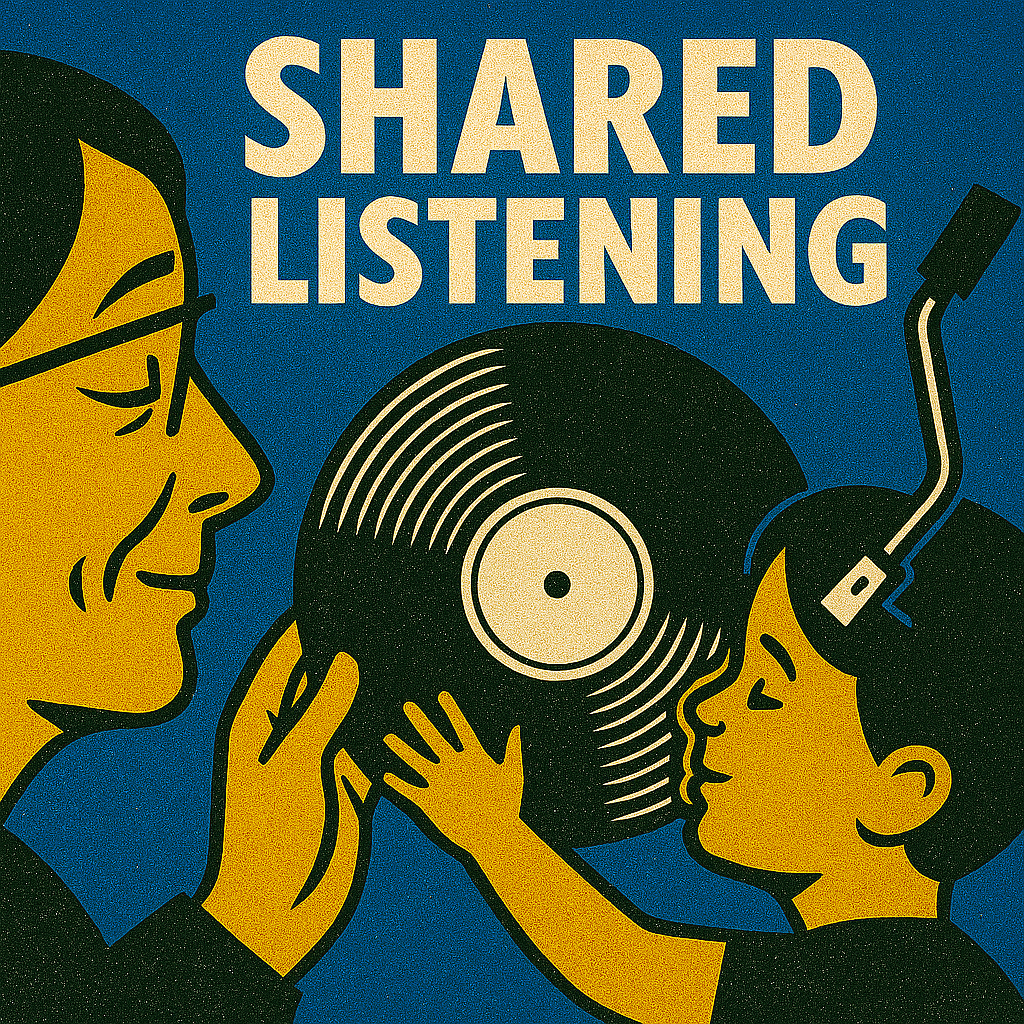
Symbolic Listening and Cultural Memory
Vinyl records carry symbolic weight that influences cultural memory and emotional identity. LPs are often associated with historical moments, artistic movements, and personal milestones. The format’s visual and tactile elements reinforce symbolic meaning. Album art, liner notes, and physical wear contribute to narrative depth. Vinyl listening becomes a ritual of cultural remembrance and emotional continuity.
LPs serve as emotional archives, preserving moods and meanings across generations. The act of playing a record can evoke collective memory and shared identity. Vinyl culture supports storytelling through sound and symbol. The format encourages reflection on time, place, and emotional context. LPs are used in ceremonies, tributes, and personal rituals. Symbolic listening transforms music into a vessel for emotional and cultural transmission. Vinyl records become artifacts of emotional history.
Symbolic Depth by Format
| Format | Cultural Memory | Emotional Identity | Symbolic Weight |
|---|---|---|---|
| Vinyl | Strong | Deep | High |
| CD | Moderate | Variable | Episodic |
| Streaming | Weak | Fragmented | Minimal |
| Cassette | Nostalgic | Sentimental | Contextual |
| Radio | Passive | Broad | Limited |
Conclusion
Vinyl records offer a psychologically rich listening experience that engages the senses, emotions, and memory systems. The format’s physical rituals promote focus, presence, and emotional depth. Analog sound provides perceptual warmth that enhances comfort and resonance. LPs encourage narrative listening, supporting thematic comprehension and autobiographical recall. The tactile nature of vinyl strengthens memory encoding and emotional anchoring. Shared listening fosters social connection and empathy.
Dedicated environments reinforce the importance of intentional engagement. Vinyl collections reflect personal identity and emotional history. The format’s constraints become psychological strengths, promoting mindfulness and reflection. Listening to vinyl is not passive—it is immersive, deliberate, and emotionally intelligent. The resurgence of LPs reflects a deeper human need for ritual, authenticity, and embodied experience. Vinyl is not just a medium—it is a mirror of how we listen, feel, and remember.
Join the Discussion
How does vinyl shape your emotional connection to music? What rituals or environments make your listening sessions more meaningful?
#VinylPsychology #AnalogEmotion #DeepListening #MemoryThroughMusic #SensorySound #LPExperience #EmotionalResonance #MindfulMusic #TurntableTherapy #NarrativeListening #VinylIdentity #ListeningSpaces




